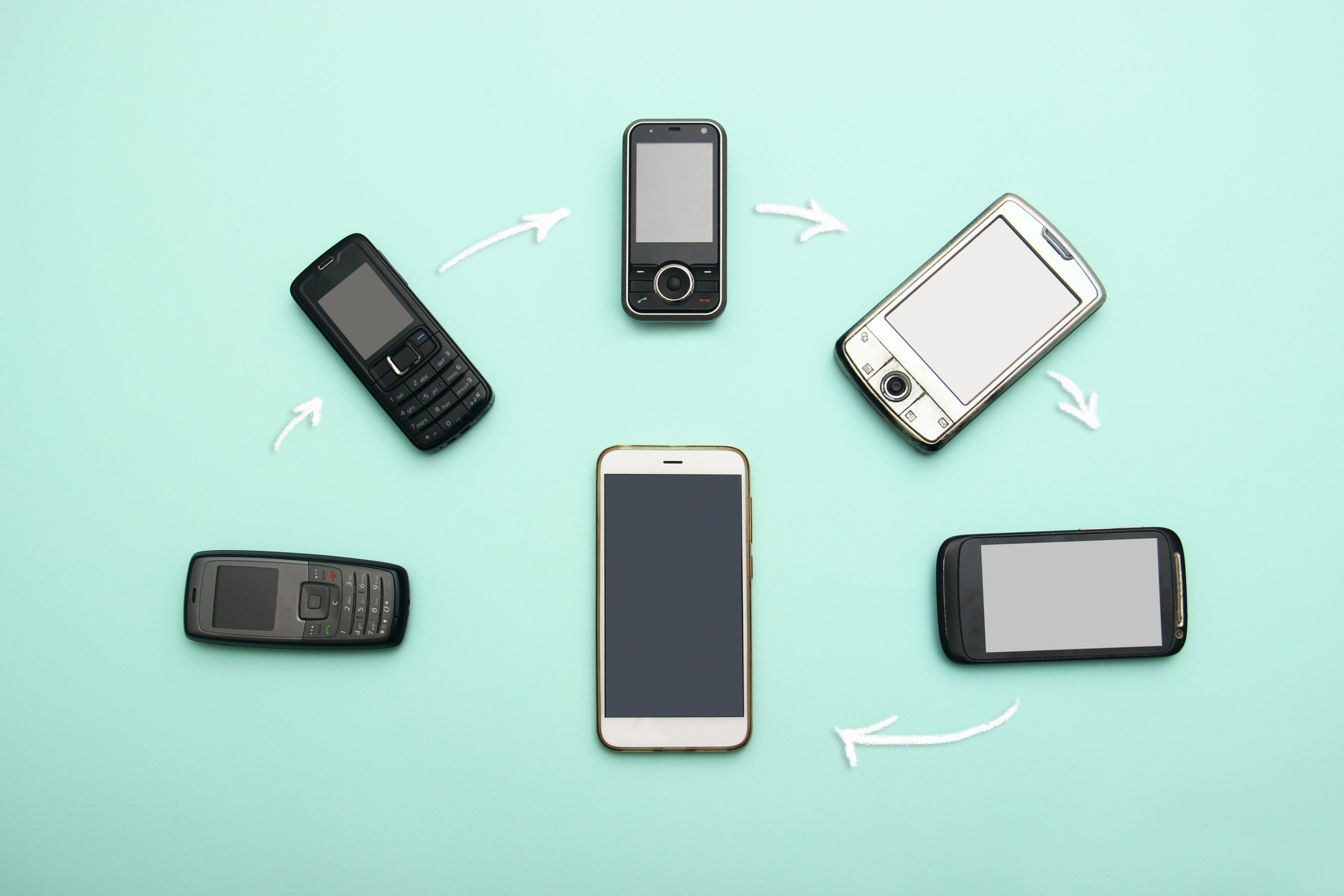The peak holiday season came early this year. Retailers adopted or expanded online ordering and extended deals to spread out the inevitable shipping rush due to COVID-19. If you were able to develop and release a product into this frenzy, congratulations! You’re in the minority as over 50% of electronics programs were delayed or cancelled in 2020. You’ve proven to be a master at navigating an uncertain, unconventional, and unprecedented launch schedule!
Don’t rest too long on your laurels, though. Every organization is rethinking their product roadmap to meet the consumer needs of today while simultaneously forecasting the supply chain challenges of tomorrow. Product designers without a plan to vastly improve their entire manufacturing process will soon find their organizations falling behind the competition.
But reinventing the industry doesn’t mean you have to reinvent the wheel. While the industry may be changing rapidly, good product design doesn’t go out of style. But how often are the trials and tribulations of one product launch lost from one generation to the next? More often than not, engineering teams end up repeating the same mistakes generation after generation without building upon the learnings of the NPIs from their design “ancestors”.
Now is the time to build institutional processes to help your team build up its knowledge base for future products by learning from previous experiences and mistakes. If you play it right, you could get a head-start on your next generation product while unlocking drastic improvements in quality at a reduced cost. This is especially beneficial this year as your product development teams and partners will have to navigate another few quarters of pandemic induced false starts and resets.
Here are 3 process updates you can implement today to help your next program.
1. Don’t skimp on product development documentation
With most products, there are always certain parts, assemblies, or processes that are difficult or complicated to develop. Often these same components represent a large share of the BOM or Manufacturing Value Add costs. While it might seem easier to just start fresh, your team has already learned a ton from your existing design iterations and probably has some great ideas on how to fix it. Your partners and suppliers may also have some good feedback on how to reduce cycle times or make things easier for the operators. Use some of your product development time this cycle to give these teams an opportunity to investigate cheaper and more efficient alternatives.
If you are not changing too much in your main architecture, you may even be able to modify a spare tool set from your holiday ramp to make test parts quickly. With a shipping architecture as the plan of record, you can also devote units in your early development builds to test out different configurations of the modifications your teams have designed.
While at Amazon, after lots of hard work and trips to China to release the Kindle 2, I worked on the Kindle 2 International version where we changed some internal hardware and also qualified cheaper suppliers for the main mechanical components. Eight months, later, we released the refresh for the holidays and were able to charge 20% less for the same product.
2. Learn from product returns to better understand real usage in the field
Once a product is released, your customers will think of all sorts of creative ways to use it, some of which you may have even thought to test for. An often overlooked source of valuable data can be found from investigating your early field failures.
After each product launch, collect the first 50-100 real failures from your support and logistics teams and have your product designers look for patterns in the issues. The sooner you can find root-cause for some of these failures, the faster you can address them in the development cycle. Ultimately you should be able to quickly reach a stable architecture with less wasted effort.
Don’t forget to have your reliability teams adjust their testing protocols to better capture your customer use cases. You can also read through anecdotal feedback from product reviews, discussion forums, and gadget blogs to find out what features people are most passionate about. This can give you several clues as to what people want from your product. Read about controllable and uncontrollable returns here.
3. Do post mortems on your optimization process, not just the design itself
Now is also a great time to develop a post-mortem process for documenting your learnings from the latest programs. If you are an Instrumental customer, your data is already organized and ready for interpretation and your team can easily pull the latest information. Having your teams tie up the loose ends on previous projects may surface common issues across teams and identify areas worth investigating.
You can also use this as a development opportunity by asking them to present their findings to the wider team via a short webinar or standup. Make sure to celebrate their accomplishments and their failures while acknowledging the hard work they have put in especially given the circumstances in 2020. After a few cycles, you can collate these learnings into a meta-analysis and look for ways to improve your product development process. You may even discover more effective ways to organize and deploy your resources.
If you are looking for ways to improve your next gen product, contact Instrumental to learn more about what the Instrumental Manufacturing Optimization platform can do for you. You might be able to identify sources of yield loss or trace back marginal performance through the use of our AI image capture system. All of this information can feed back into your development process to make your next product launch even smoother!
Related Topics



